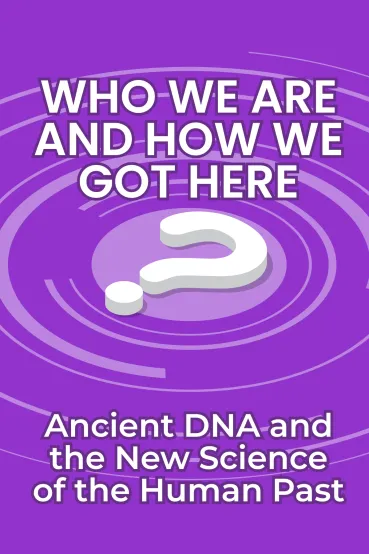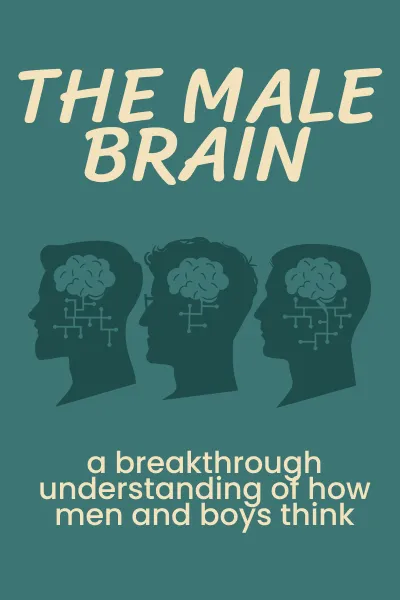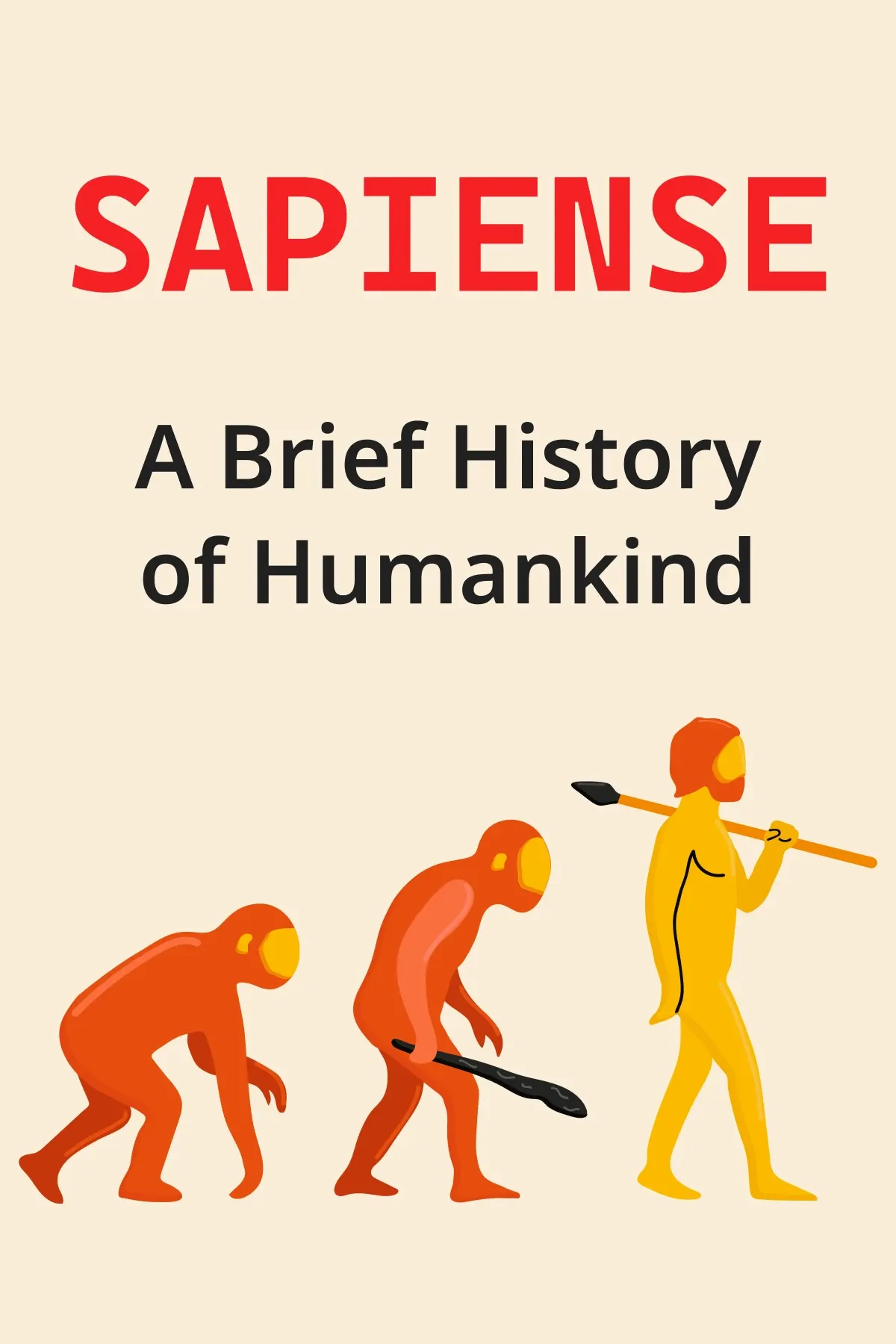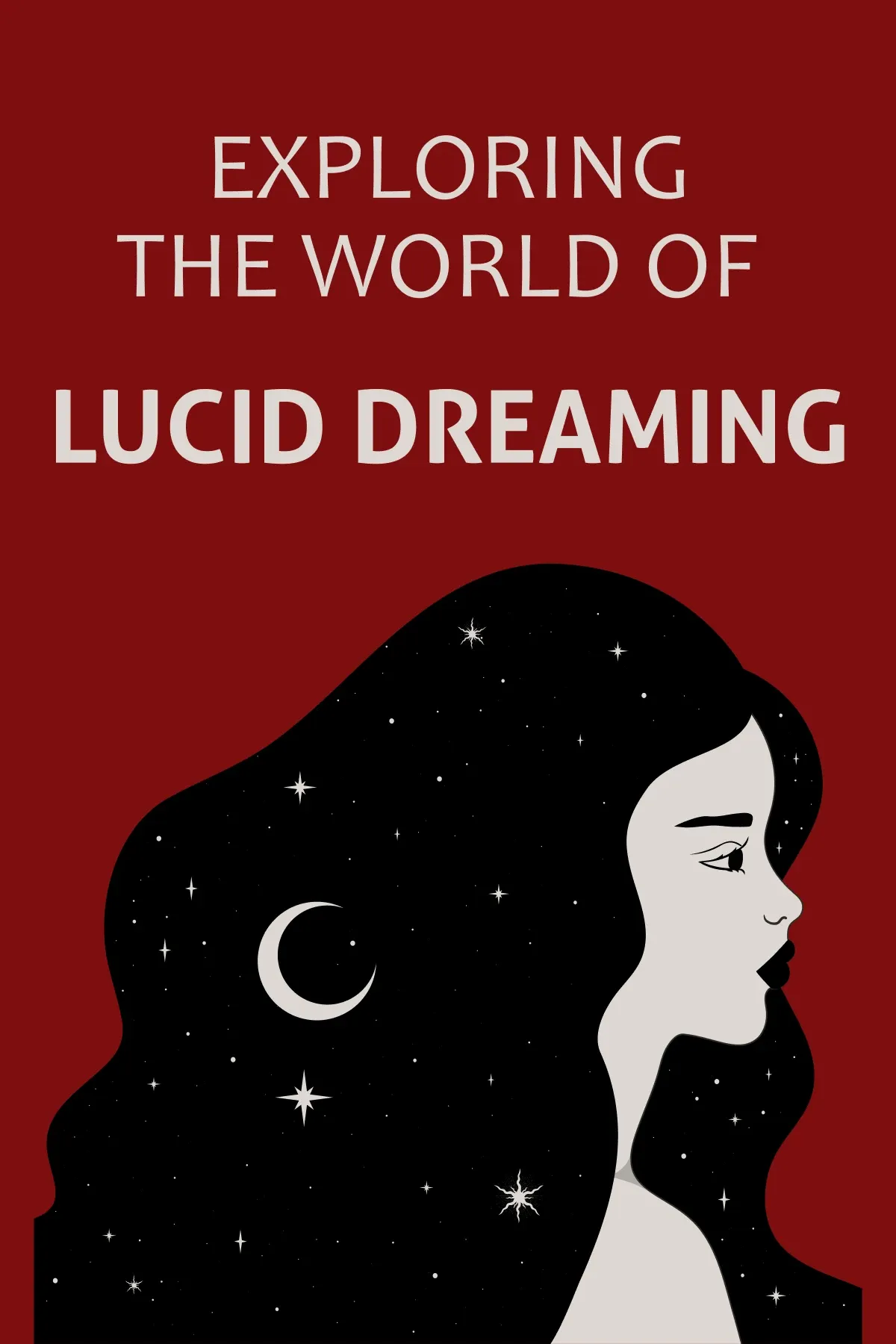
Who We Are and How We Got Here
Brief Summary
Have you ever wondered who the first humans were and where they came from? David Reich’s book “Who We Are and How We Got Here” tells you everything about our past through the study of the human genome.
Key points
Key idea 1 of 10
We all know what DNA is, at least in broad terms. We know that our appearance, characteristics, and even diseases and disorders we suffer from are determined by our genes. But what is DNA made of, and how does it function?
DNA molecules have two chains made of molecules called *nucleotides*, as well as chemicals such as adenine, cytosine, guanine, and thymine. Each of the chains is approximately 3 billion chemical blocks long. What we call “genes” are just parts of those chains, about a thousand nucleotides in length. Every gene can tell us a particular characteristic of a person to whom it belongs.
Naturally, all people are different due to a phenomenon called *genetic mutations*. They are random variations in our inherited DNA sequences that happen about once in a thousand nucleotides. By tracking these mutations, we can determine people’s ancestry. For instance, if there are a lot of differences between two people’s genetic mutations, they are very far from having a common ancestor. But if they share many genetic mutations, they had a common ancestor more recently. This also means that studying human genes can help us learn more about where we came from as a species.
For a long time, scientists believed that different groups of humans evolved separately on different continents. For example, Europeans evolved in Europe, and Asian people evolved in Asia. But for that theory to be accurate, the shared ancestor of all people had to have lived 2 million years ago. In reality, the most recent common ancestor lived in Africa about 200,000 years ago, and she is known as “Mitochondrial Eve.” This challenges the multiregional theory of evolution, giving us a completely new understanding of where people came from.
Anthropologist Richard Klein also believes that genetic mutations account for the rapid pace of human evolution. He suggests that the Upper Paleolithic revolution in Eurasia and the Late Stone Age revolution in Africa happened due to a single genetic mutation that altered something in the human brain. According to this theory, mutation allowed humans to develop and use early language and create innovative tools. This theory does have some ground under it—there are a few other species that transformed rapidly because of genetic mutation.
You may also like these summaries











